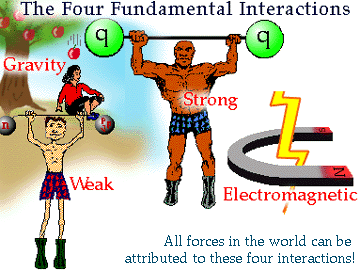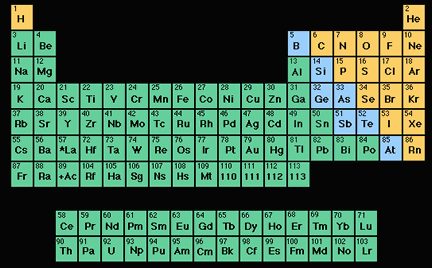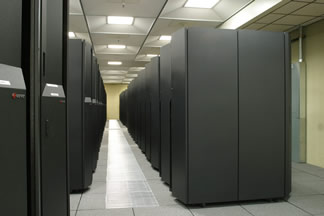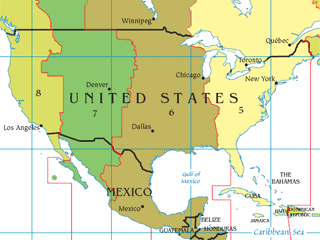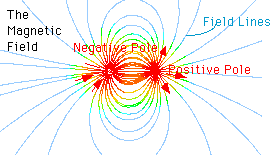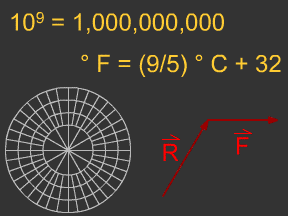
Original artwork created for Windows to the Universe by Randy Russell.
Tools for Math and Science
Some ideas are used throughout the sciences. They are "tools" that can help us solve puzzles in different fields of science. These "tools" include units of measurement, mathematical formulas, and graphs.
Scientists use different systems of measurement, like the metric or English systems. Each system has different units, like the gram or pound or meter or foot. Some units, like the meter and mile and pound, are familiar; others, like the ångström or farad or Röntgen, are almost unknown outside of the scientific fields that use them. We need to know how to convert units from one system to another, as when we determine the metric temperature in degrees Celsius when supplied with the English Fahrenheit equivalent.
Some values and ratios seem to be built-in traits of the Universe. These basic traits, in the form of numerical values, are referred to as physical constants. Examples include the speed of light (c), the ratio of a circle's circumference to its diameter (pi), the gravitational constant (G), and the base of the natural logarithms (e).
The use of mathematical concepts and conventions is widespread throughout the sciences. Vectors help us comprehend and manipulate forces and motion. Scientific notation allows us to work with very large and very small numbers.
We use graphs with Cartesian, polar, and logarithmic scales to help us "see" trends. We draw maps of Earth and the heavens, using Mercator or Albers Equal Area projections to most accurately depict certain features of terrain. We employ polar and spherical and Cartesian coordinate systems to specify the locations of objects in space or on the surfaces of planets.






